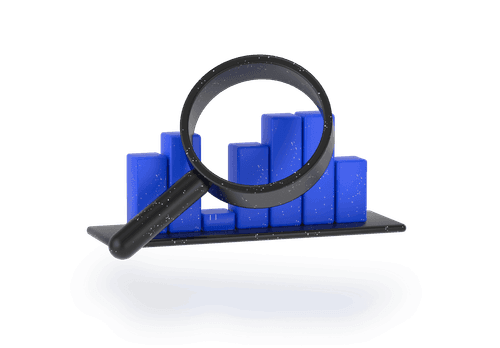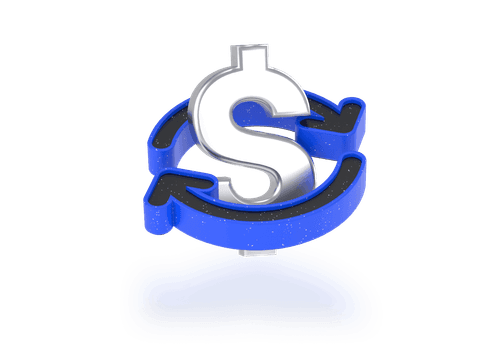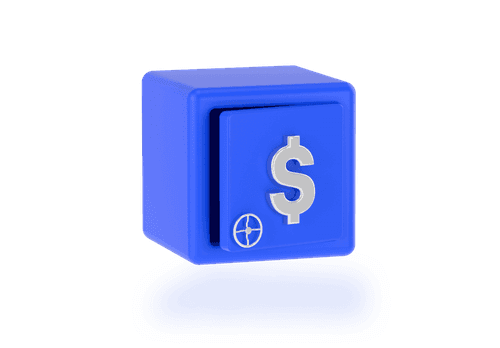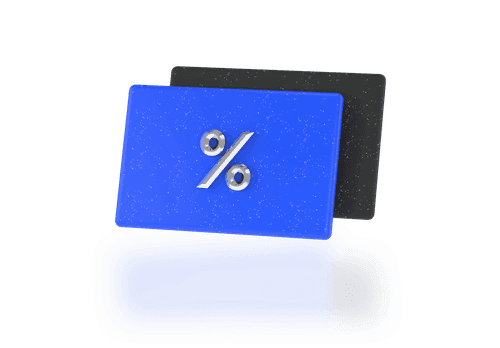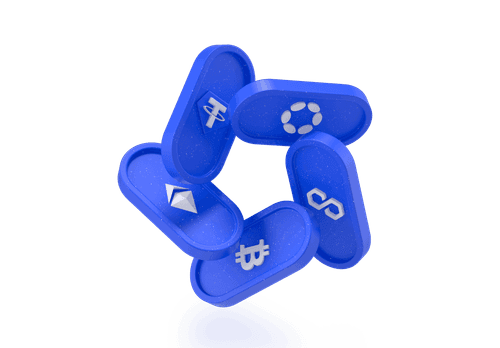Intermediate
Forex Trading Basics: An Introduction for Beginners

Forex trading presents a unique challenge for beginners. Often, the difficulty arises from the inflated expectations newcomers hold about this market's potential. This article isn't just about forex trading for novices but also touches on the foundational elements common to all trading, including stocks. Our focus, however, will primarily be on the intricacies of Forex trading, while acknowledging that many strategies, terminologies, and fundamental concepts are also relevant in stock trading.
By the time you finish this article, you'll be well-versed in the crucial terminology of Forex trading, ensuring no confusion as you embark on your trading journey. We'll cover everything a beginner needs to know: from choosing the right trading platform to executing your first trade.
What is Forex Trading?
Forex trading, or foreign exchange trading, is the act of buying and selling currencies. This market is the largest financial market in the world, with a vast array of participants from individual retail traders to large institutions. A key characteristic of Forex trading is that it's conducted in pairs; for instance, trading the Euro against the US Dollar (EUR/USD).
Let's consider an example. If a trader believes the Euro will increase in value against the Dollar, they would buy the EUR/USD pair. Conversely, if they believe the Euro will decrease in value, they would sell the EUR/USD pair. This dual-directional opportunity is a distinctive feature of Forex trading, allowing traders to profit from both rising and falling markets.
Another significant aspect of Forex trading is the use of leverage, particularly through Contracts for Difference (CFDs). Leverage allows traders to control larger positions with a smaller amount of actual capital. For example, with a leverage of 1:100, a trader can control a position of $100,000 with just $1,000. While this can amplify profits, it also increases the potential for significant losses, making risk management crucial in Forex trading. It's essential for traders, especially beginners, to understand the risks and mechanisms of leverage before engaging in leveraged trading.
How to Trade Forex?
To start trading Forex with nomo, the initial step is to create an account and fund your deposit with as little as $50, or you can opt to use a demo account. This process is similar to trading other assets. Once your account is set up and funded, navigate to your personal dashboard. From there, access the 'Trading' section via the top menu, and select the 'Forex' category under the assets.
nomo offers a diverse range of currency pairs for Forex trading, including some of the most popular pairs, such as:
- EUR/USD;
- USD/JPY;
- GBP/USD;
- AUD/USD;
- USD/CAD;
- USD/CHF;
- NZD/USD;
- EUR/GBP;
- EUR/JPY;
- USD/HKD.
In the trading menu, you’ll find a list of these assets along with their current price, 24-hour change, access to detailed charts, and the option to execute Buy or Sell transactions.
When you’re ready to make a trade, simply click on the Buy or Sell button and set your trade parameters. These include the size of your lot, leverage, as well as your desired Take Profit and Stop Loss levels. Once your trade is executed, it becomes active and you can monitor it directly from your personal dashboard.
An integral part of Forex trading with nomo is the built-in trading terminal. This terminal is available for each asset, offering various functionalities. On the terminal’s chart, you can select different timeframes to track the asset’s performance over specific periods. This feature, combined with other analytical tools, enhances your trading experience, allowing for more informed decision-making in the dynamic Forex market.
Factors Influencing Forex Quotes
The price of currency pairs in Forex is primarily determined by supply and demand dynamics, similar to many other financial markets. When more traders want to buy a currency than sell it, its value rises. Conversely, if more traders want to sell a currency than buy it, its value decreases.
One of the most significant drivers of currency value changes is economic releases. These include a variety of reports and data such as GDP figures, employment rates, inflation rates, and manufacturing indexes. For example, if a country reports higher-than-expected GDP growth, it often leads to an increase in the value of that country’s currency. This is because strong economic performance typically attracts investment from foreign investors who need to purchase the country's currency to invest there, increasing demand for the currency.
News events also play a pivotal role. Political instability, for example, can cause a decrease in the value of a country’s currency because it may lead to economic uncertainty and reduced investor confidence. In contrast, positive news such as successful trade negotiations or political stability can boost a currency's value.
Interest rates are another critical factor. Generally, if a country's central bank raises its interest rates, the country's currency strengthens. Higher interest rates offer lenders in an economy a higher return relative to other countries. Therefore, higher interest rates attract foreign capital and cause the exchange rate to rise. For instance, if the U.S. Federal Reserve increases interest rates, it often leads to an increase in the value of the USD.
Other factors influencing Forex prices include differences in inflation rates between countries, changes in trade balances (exports and imports), and overall economic health.
Where to Find Tools for Forex Trading
All the necessary tools for effective Forex trading analysis can be found on the nomo website. Trading in the Forex market can be approached with two main types of analysis: fundamental and technical. Both types are crucial for understanding market movements and making informed trading decisions.
Fundamental analysis involves evaluating currencies by analyzing the economic, social, and political forces that may affect the supply and demand of a currency. It includes studying economic indicators, government policies, societal factors, and other elements that can influence a currency's strength or weakness. On the nomo website, traders can access an economic calendar, which lists important economic events and releases that are likely to impact currency values. This tool is essential for traders who use fundamental analysis, as it helps them anticipate market movements based on economic announcements.
Technical analysis, on the other hand, involves analyzing historical price movements and market statistics to identify trends and predict future movements. This type of analysis assumes that past trading activity and price changes can indicate future price movements. The nomo website provides daily currency pair analyses, which are crucial for technical traders. These analyses include detailed charts, patterns, and technical indicators that help in making predictions about future market movements.
Moreover, nomo’s website offers news updates that can impact currency values. Staying updated with the latest news is vital for both fundamental and technical analysts, as news events can have immediate and substantial effects on the Forex market.
Lastly, for those looking to enhance their currency trading skills, nomo's blog features a range of 'how-to' guides. These guides cover various topics, from beginner tips to more advanced trading strategies. They serve as an excellent resource for traders at all levels, providing insights and tips to improve their trading techniques and strategies.
In summary, the nomo website is a comprehensive resource for Forex traders, offering tools and information necessary for both fundamental and technical analysis, thereby catering to all aspects of Forex market research and strategy development.
